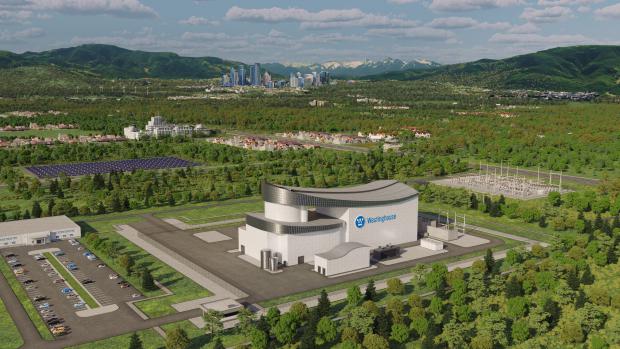
Breaking News
 Chinese Cargo Ship Converted Into Concealable Missile Destroyer
Chinese Cargo Ship Converted Into Concealable Missile Destroyer
 ADL Goes Ballistic After Megyn Kelly Says Bari Weiss, Ben Shapiro Are 'Making Antisemites'
ADL Goes Ballistic After Megyn Kelly Says Bari Weiss, Ben Shapiro Are 'Making Antisemites'
 Stockman: The Real Story Behind The Russia–Ukraine War... And What Happens Next
Stockman: The Real Story Behind The Russia–Ukraine War... And What Happens Next
 "Common Sense" Is Back: UK Finally Scraps Non-Crime Hate Incident Laws Nationwide
"Common Sense" Is Back: UK Finally Scraps Non-Crime Hate Incident Laws Nationwide
Top Tech News
 EngineAI T800: Born to Disrupt! #EngineAI #robotics #newtechnology #newproduct
EngineAI T800: Born to Disrupt! #EngineAI #robotics #newtechnology #newproduct
 This Silicon Anode Breakthrough Could Mark A Turning Point For EV Batteries [Update]
This Silicon Anode Breakthrough Could Mark A Turning Point For EV Batteries [Update]
 Travel gadget promises to dry and iron your clothes – totally hands-free
Travel gadget promises to dry and iron your clothes – totally hands-free
 Perfect Aircrete, Kitchen Ingredients.
Perfect Aircrete, Kitchen Ingredients.
 Futuristic pixel-raising display lets you feel what's onscreen
Futuristic pixel-raising display lets you feel what's onscreen
 Cutting-Edge Facility Generates Pure Water and Hydrogen Fuel from Seawater for Mere Pennies
Cutting-Edge Facility Generates Pure Water and Hydrogen Fuel from Seawater for Mere Pennies
 This tiny dev board is packed with features for ambitious makers
This tiny dev board is packed with features for ambitious makers
 Scientists Discover Gel to Regrow Tooth Enamel
Scientists Discover Gel to Regrow Tooth Enamel
 Vitamin C and Dandelion Root Killing Cancer Cells -- as Former CDC Director Calls for COVID-19...
Vitamin C and Dandelion Root Killing Cancer Cells -- as Former CDC Director Calls for COVID-19...
 Galactic Brain: US firm plans space-based data centers, power grid to challenge China
Galactic Brain: US firm plans space-based data centers, power grid to challenge China
Jumping aboard the small-modular-reactor bandwagon

Enthusiasm is increasing worldwide for small modular reactors (SMRs) and advanced modular reactors (AMRs).
The International Atomic Energy Agency describes SMRs as "advanced nuclear reactors that have a power capacity of up to 300 MWe [megawatts electric] per unit, which is about one-third of the generating capacity of traditional nuclear power reactors."
SMRs can be sited on locations not suitable for larger nuclear power plants, while prefabricated units of SMRs can be manufactured and then shipped and installed on site, which should make them more affordable. An SMR can be installed into an existing grid or remotely off-grid, as a function of its smaller electrical output. SMRs are also considered to be safer and to have reduced fuel requirements.
Currently more than 80 commercial SMR designs are being developed around the world targeting varied outputs and different applications such as electricity, hybrid energy systems, heating, water desalinization and steam for industrial applications. These include a wide range of different reactor technologies – from those based on smaller versions of established pressurized water reactor designs to the much more complex molten salt reactors and fast reactors.
While some of these designs are being developed by established nuclear companies, often with government support, others are being put forward by start-up companies with an eye on the main chance but very little technological expertise.
Though SMRs have lower upfront capital cost per unit, their economic competitiveness is still to be proven in practice once they are deployed. Currently, SMRs are under construction or in the licensing stage in Argentina, Canada, China, Russia, South Korea and the United States.
To date, only Russia and China have operating SMRs. Russia's Akademik Lomonosov, the world's first floating nuclear power plant (FNPP) began commercial operation in May 2020. China's HTR-PM, a pebble-bed modular high-temperature gas-cooled reactor (HTGR) began commercial operation in December 2023.



